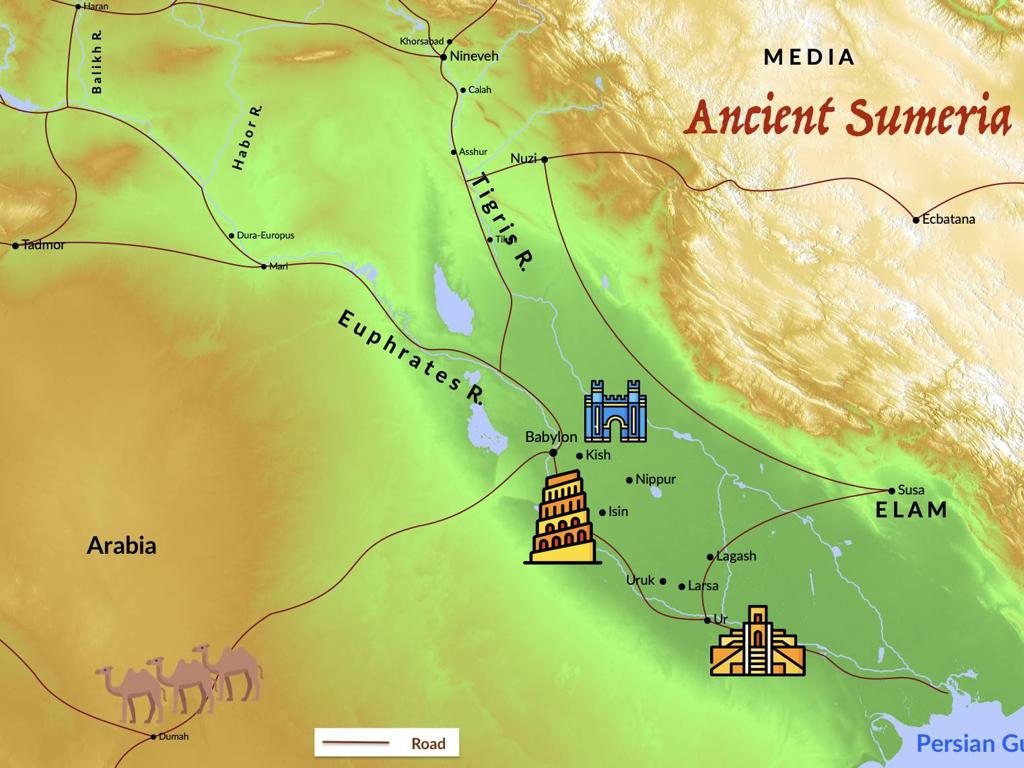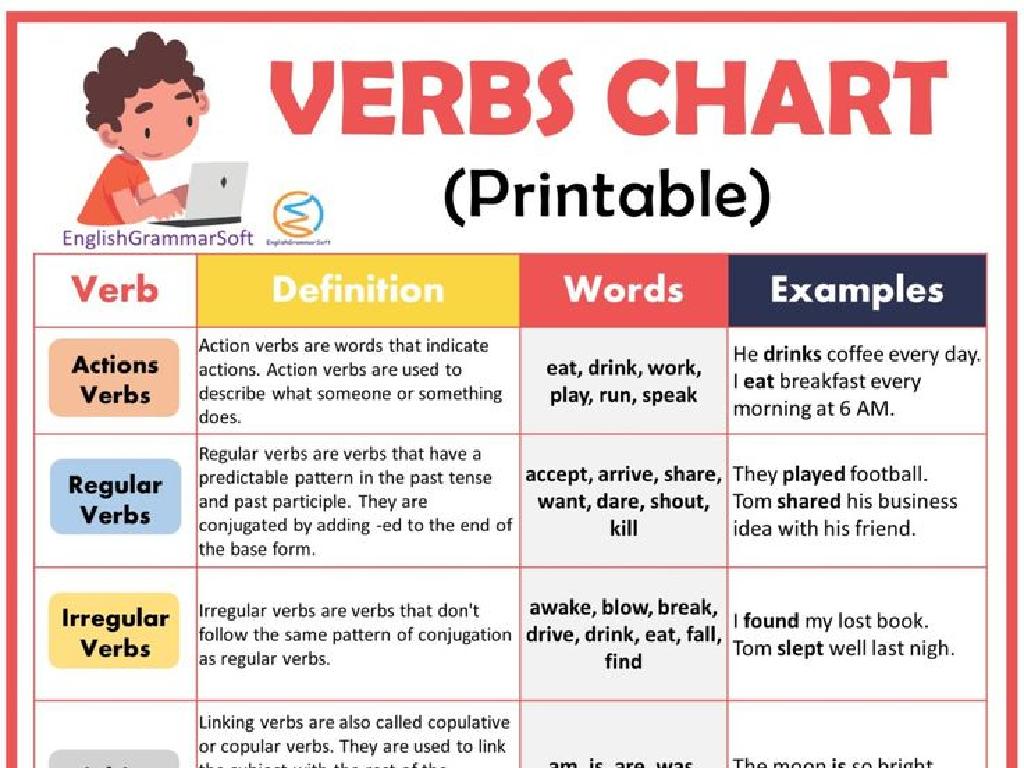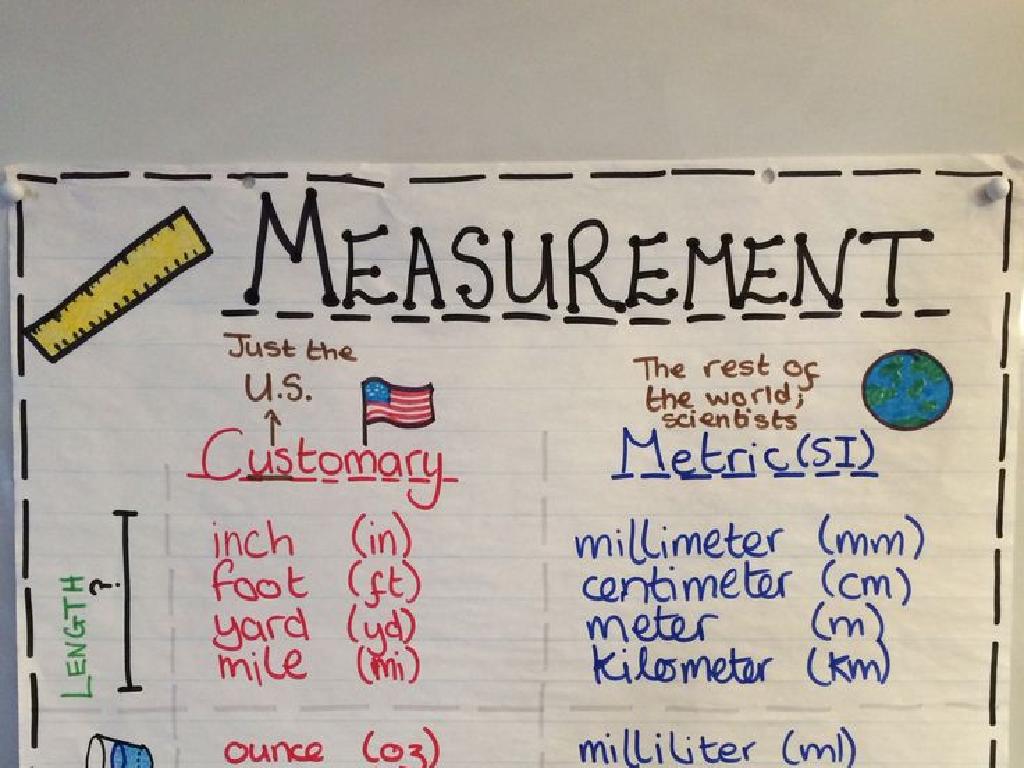Solve Percent Problems Using Grid Models
Subject: Math
Grade: Sixth grade
Topic: Percents Of Numbers
Please LOG IN to download the presentation. Access is available to registered users only.
View More Content
Welcome to Percents!
– Understanding percents basics
– Percents represent parts out of 100
– Percents, fractions, and decimals
– 50% is 1/2 or 0.5 in decimal form
– Real-life percent applications
– Discounts, tips, and statistics use percents
– Practice with grid models
– Use grids to visualize percent problems
|
This slide introduces students to the concept of percents and their connection to fractions and decimals, which they are already familiar with. Percents are another way to express fractions and decimals, specifically as parts of 100. This is crucial for understanding how to convert between these forms. Real-life applications, such as calculating discounts during shopping or determining the tip at a restaurant, make the concept more relatable and practical. Using grid models will help students visualize and solve percent problems by breaking them down into smaller, more manageable parts. Encourage students to think of percents as a tool they can use to make sense of everyday numbers and situations.
Understanding Percents with Grid Models
– ‘Percent’ means ‘per hundred’
– Visualizing 1%, 50%, and 100% on grids
– A grid with 100 squares: 1 shaded = 1%, 50 shaded = 50%, all shaded = 100%
– Converting fractions to percents
– Divide the numerator by the denominator and multiply by 100 to find the percent
– Turning decimals into percents
– Multiply the decimal by 100 to convert to a percent
|
This slide introduces the concept of percent to sixth-grade students by defining it as ‘per hundred’, which sets the foundation for understanding how percentages represent parts of a whole. Using grid models helps students visualize percentages as a portion of 100, making abstract concepts more concrete. Show how 1%, 50%, and 100% look on a grid to give them a clear visual reference. Then, guide them through the process of converting fractions and decimals to percents by using simple calculations. This will help them in solving more complex percent problems using grid models in future lessons. Encourage students to practice these conversions with different fractions and decimals to build their confidence.
Grid Models and Percents
– Visualize percents with grids
– Grids with 100 squares represent 100%
– Color grids for different percents
– If 25 squares are colored, that represents 25%
– Compare grids for percent concepts
– Side-by-side grids show which percent is larger
– Practice with grid exercises
|
This slide introduces students to the concept of using grid models as a visual tool to understand percents. Each grid consists of 100 squares, with each square representing 1%. Students can color in squares to represent different percents, which helps them visualize what a certain percentage looks like. By comparing colored grids, students can easily see which percentage is larger or smaller. This visual method is particularly effective for students who are visual learners. In the next class, provide various grid exercises where students can practice coloring in the correct number of squares to represent given percents and compare different grids to reinforce their understanding of the concept.
Solving Percent Problems with Grid Models
– Identify the whole and the part
– Use grid models for percents
– Grids visually represent percents
– Example: Find 25% of 20
– 25% grid of 20 shows 5 shaded squares
– Example: Find 10% of 50
– 10% grid of 50 shows 5 shaded squares
|
This slide introduces students to the concept of solving percent problems using grid models. Begin by explaining the terms ‘whole’ and ‘part’ in the context of percent problems. Demonstrate how to use grid models to visually represent percents, which can make it easier for students to understand and calculate percentages of numbers. Use the examples provided to show how to find 25% of 20 by shading 5 out of 20 squares on a grid, and similarly, how to find 10% of 50 by shading 5 out of 50 squares. Encourage students to draw their own grids and practice with different percentages and numbers to reinforce the concept.
Solving Percent Problems with Grid Models
– Collaborative problem-solving
– Strategies for percent problems
– Use grid models to visualize percents
– Explain your reasoning
– Discuss how you arrived at your answer
– Practice makes perfect
|
This slide is designed to engage students in active problem-solving with their peers. Start by working through practice problems as a class, using grid models to help students visualize percents as parts of a whole. Discuss various strategies, such as finding 10% and then using it to find other percentages like 5% or 50%. Encourage students to articulate their thought process, which reinforces their understanding and helps identify any misconceptions. Provide a variety of practice problems and encourage students to try solving them independently after the group activity. The teacher should circulate the room, offering guidance and support as needed. The goal is to build confidence and proficiency in solving percent problems using grid models.
Class Activity: Percent Scavenger Hunt
– Work in groups on percent problems
– Use grid models to find solutions
– Visualize percents with 10×10 grids
– Present solutions to the class
– Explain your problem-solving process
– Create new problems for peers
– Challenge classmates with your questions
|
This interactive class activity is designed to engage students in collaborative problem-solving using grid models to understand percents. Divide the class into small groups and provide each with a set of percent problems. Students will use 10×10 grid models to visualize and solve these problems. Afterward, each group will present their solutions, explaining their approach. Encourage clear communication and logical reasoning. Finally, groups will create their own percent problems to challenge their classmates, fostering creativity and deeper understanding. Possible activities: 1) Finding 25% of a number using grids, 2) Comparing 50% and 75% visually, 3) Creating a real-life scenario problem, 4) Solving peer-created problems, 5) Presenting a unique way to use grids for percents.
Wrapping Up: Percent Problems with Grids
– Recap solving percent problems
– Homework: grid model practice
– Solve assigned problems using grid models
– Create your own grid models
– Design grids to visualize different percent problems
– Review and practice regularly
|
As we conclude today’s lesson, it’s important to review the key concepts of using grid models to solve percent problems. For homework, students are assigned practice problems where they must apply what they’ve learned by using grid models to find percentages. Encourage creativity by asking them to create their own grid models for additional practice. This will help them understand the concept more deeply and apply it to various scenarios. Remind students that regular review and practice are essential for mastery. In the next class, we’ll discuss their solutions and any challenges they faced.






